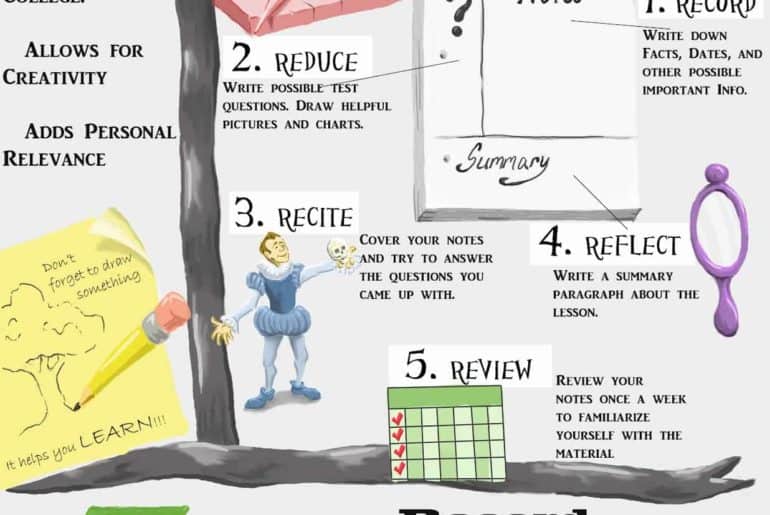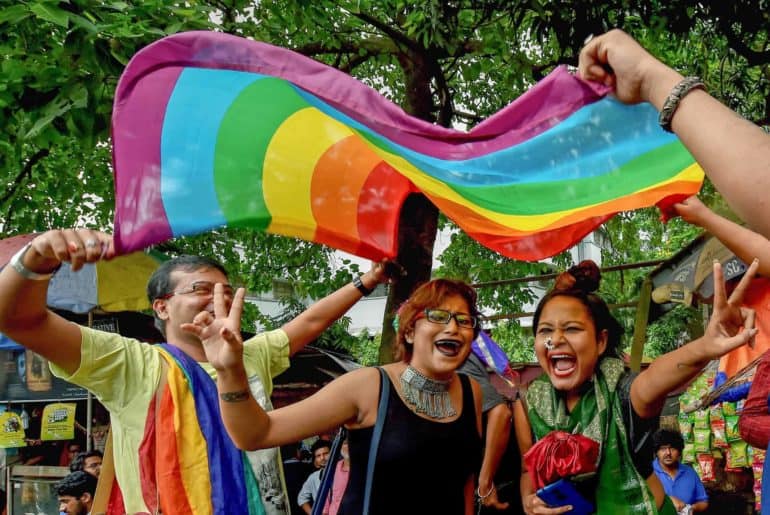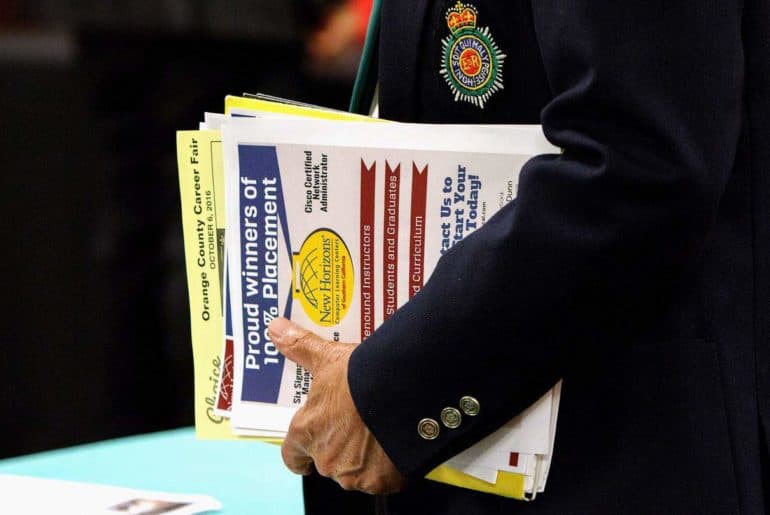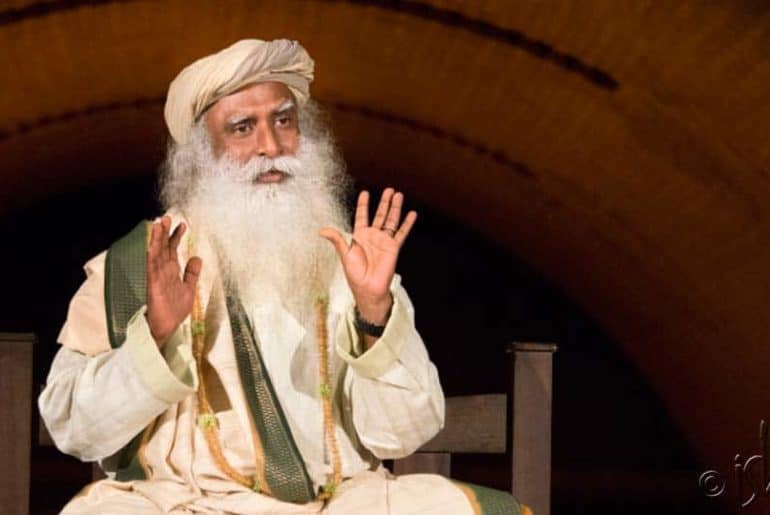Here’s a guide to making notes that you can easily learn and remember, with methodology that comes with the stamp of an Ivy League university.
I recently had the opportunity of seeing an Ivy-League student study, which basically is a translation of; my overachieving cousin spent a week at my place. He types out his notes, converts them into audio books, then listens to and reads them
at the same time. He promises maximum retention using this technique, a technique passed on to him by his university seniors.
Sounds like a stretch for DU Semester exams, and you’re lucky, you probably do not need to use this technique to score well in your exams. However, his note-making technique successfully caught my eye; it’s quick, easy and effective. Many times it happens that the incoherent jumble of words that you call notes resemble tangled spaghetti. You struggle to remember exactly what the professor meant or how these ideas connect. It’s hard to study effectively when your own notes don’t make sense to you.
The Cornell Notes system (also Cornell note-taking system, Cornell method, or Cornell way) is a note-taking system devised in the 1940s by Walter Pauk, an education professor at Cornell University. Pauk advocated its use in his best-selling book How to Study in College.
The process is pretty basic, and it’s always better to do this simultaneously with classes, but it’s never too
late to start.
Step 1: Record: Write legibly, and use shorthand. If you learn better by doodling/drawing or if you make
connections through tactile learning (such as something you saw, smelled, or felt during an experiment),
feel free to write these down
Step 2: Reduce: Eliminate the redundant material: this is where your seniors and past question papers help
Step 3: Recite: Oral cues always work
Step 4: Reflect/Summarize: Glancing over your notes does not really work. Make sure you’re concentrating.
Step 5: Review: this is a way to aid comprehension
So, here it is, the best and most meticulous way to take notes as a college student. It is organised and effective and will ensure that you are not left with a mess of illegible scribbles. Another simple tip on making notes more comprehensible is using coloured pens/ and or sticky notes. Different coloured pens help demarcate different subjects, and sticky notes help in avoiding clutter in your primary texts. Taking these simple techniques into account can take your notes to the next level, and help make preparation easy. Not all, but even incorporating bits and pieces of the above-mentioned tips, will save you a lot of time, that otherwise would have been wasted in figuring out whether that is an ‘i’ or an ‘e’.
Here’s wishing everyone successful note making, may the study gods have mercy on you and aid your note-making skills, and do not forget, the more organised your notes, the more likely you are to even attempt to study them.
For a more comprehensive guide for Cornell Notes, visit (http://lsc.cornell.edu/notes.html)
Feature Image Credits: Melbourne High School Library
Nikita bhatia
[email protected]







